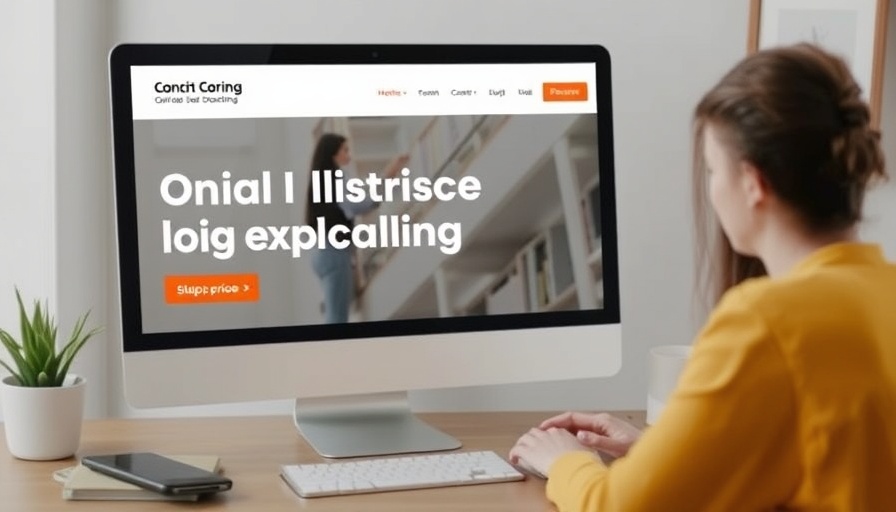
Understanding Your True Potential Through Strengths
In our journey through life, we are often nurtured with the belief that we can become anything we desire. However, this idea can become a double-edged sword. The misconception that aspirations need to conform to society’s expectations, rather than our own natural strengths and motivations, can lead individuals down paths that don’t resonate with their true selves. Recognizing this disconnect is crucial, especially for educators and leaders who are inherently invested in fostering the growth of others.
The Power of a Strength-Based Mindset
The concept of a strength-based mindset revolves around identifying, embracing, and amplifying our innate talents. This foundation is more than just a motivational catchphrase; it’s a fundamental approach that encourages individuals to become more of who they already are. When educators align their professional ambitions with their natural affinities, they typically experience increases in job satisfaction, engagement, and overall happiness—essential elements for any successful educator.
Why Knowing Yourself Matters
According to experts in personal development, one key step to achieving meaningful growth lies in self-discovery. Understanding your own strengths allows you to set goals that genuinely align with who you are, instead of what you think others expect of you. This alignment not only reduces the pressures often associated with chasing societal definitions of success but also nurtures a healthier, more sustainable relationship with your aspirations. For teachers and educational leaders, this authentic approach can translate into a more manageable workload and a more impactful presence in the classroom.
Overcoming Societal Expectations
Unfortunately, societal norms frequently push individuals towards a narrow view of success. Many educators feel pressure to conform to a one-size-fits-all definition of achievement—often leading to burnout or dissatisfaction. By critically examining these societal expectations and reframing them through a strengths-based lens, you can create a pathway that is uniquely yours. This can inspire fellow educators and students to recognize the importance of personal alignment over external validation.
Choosing Authentic Goals
As we navigate our careers, it’s imperative that we take the time to define what success means to us individually. This means setting goals that resonate deeply with our personal values and strengths. When you set authentic goals aligned with your strengths, not only do you empower yourself, but you also set an example for your students. They learn that it’s okay to stray from traditional paths and embrace their unique skills, fostering a culture of self-acceptance in the classroom.
Practical Insights for Educators
Here are some strategies educators can employ to harness their strengths effectively:
- Self-Reflection: Regularly assess and reflect on your strengths. Dedicate time each week to journal about experiences that resonate with you or drain you.
- Seek Feedback: Collaborate with colleagues to gain insights into your strengths from their perspective. Peer feedback can reveal hidden talents.
- Offer Strength-Based Leadership: When leading a team, encourage others to identify their strengths too. Create an environment where strengths are celebrated rather than just achievements.
- Professional Development: Invest in workshops or courses that emphasize strength-based approaches in education and leadership.
Embracing the Journey Ahead
By adopting a strength-oriented approach, educators can redefine success not just personally, but also within their classrooms. This perspective change might allow you to inspire the next generation to cultivate their own unique talents. Remember, the path to fulfillment is not about becoming anything you might want to be, but rather about becoming who you are meant to be.
A focus on self-awareness and individual strength sets the stage for powerful educational leadership and growth. Embrace this methodology, and help cultivate an environment where all students can thrive.
As we continue on our journeys, let’s challenge ourselves to embrace the very essence of who we are. Start today, and watch how it transforms both your personal and professional life.
 Add Row
Add Row  Add
Add 




Write A Comment